Conservation is in no small part about shaping what we want the world to be. Books have long helped shape that vision. They have played an instrumental role in launching the modern U.S. environmental movement, in particular Rachel Carson’s Silent Spring and Aldo Leopold’s A Sand County Almanac.
Notably, both Carson and Leopold were dedicated field scientists. Their big ideas originated from their experiences and observations. Reading either of them, I am struck by their curiosity and their deep, grounded love of the natural world.
In that spirit, here are 6 books that I hope fuel your own curiosity about the world around you.
Top 10 List
-
Encountering Dragonfly
By Brooke Williams

Following a vivid dream in which a dragonfly played a central role, Brooke Williams began seeing dragonflies just about everywhere: in his local pond, in artwork and in ancient pictographs. Through each encounter, he found his appreciation for dragonflies growing, not just for their natural history but also for the deeper meanings they represent.
Told through a series of dragonfly encounters, Williams’s book looks at how a deep immersion in the natural world can lead to re-enchantment, the tapping of the deeper truths of the natural world known by most cultures through history. A naturalist, he keenly observes dragonflies. But he’s also open to the symbolic and cultural meanings of dragonflies and other living creatures.
Williams is a lyrical writer, whether he’s examining the meaning of dreams or describing the highly effective hunting habits of dragonflies. A perfect read for Earth Day.
-
Nature at Night
By Charles Hood
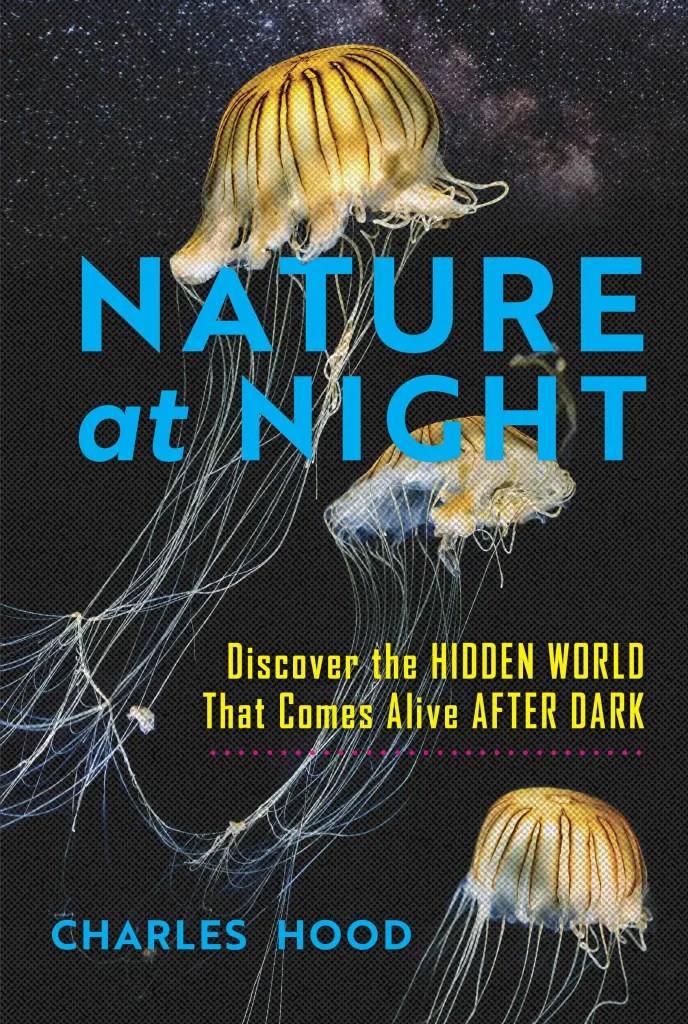
I’m a long-time fan of night-time safaris, but also recognize that heading out into a forest with a flashlight can be intimidating. Naturalist Charles Hood offers a great guide to get you started into nocturnal forays in search of wildlife.
Hood has enviable field experience, having traveled to 80 countries for nature study, and the great variety of his adventures are on display in this fun book. He describes searching for wild cats in rainforests, viewing nocturnal lemurs, spotlighting the Mojave Desert and much more.
But he’s also clear that you don’t have to travel far for quality wildlife experiences. He includes tips for spotting moths, owls, bats and other critters that you can likely spot in your local park or neighborhood.
I often thought of Nature at Night as a naturalist’s “cabinet of curiosities” in book form, filled with humorous anecdotes, wild diversions and interesting wildlife adventures. Hood is exuberant in his love for the wild and that spirit shines through on every page.
-
Lost Frogs and Hot Snakes
Edited by Martha L. Crump
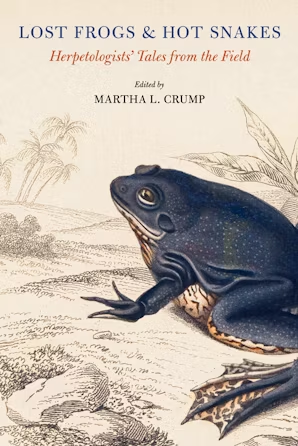
This is a collection of nearly 50 essays by herpetologists describing the study of reptiles and amphibians in the wild. Together, it’s really an ode to the joys, frustrations, adventure and rewards of field biology. It’s all here: the thrill of discovery, the risks that accompany studying potentially dangerous creatures, the friendships forged in the field and the deep fascinating with wild creatures.
As editor Martha Crump notes in her introduction, “No doubt many of us will continue fieldwork even when we stagger under the weight of heavy backpacks, trip over tree roots at night, and are unable to hear the high-pitched peeps of treefrogs…Fieldwork is in our blood.”
This is an entertaining anthology, filled with outdoor adventure, that also illustrates why field experience still matters for science. And for conservation.
-
The Natural History of Empty Lots
By Christopher Brown

I’ve been heartened by the number of recent books celebrating nature found in cities. Christopher Brown’s book goes beyond the usual observations of city wildlife and city parks. He argues that some of the wildest places on the planet are the degraded, ignored lands: the brownfields, abandoned factories, vacant lots and post-industrial wastes that exist across the human-dominated landscape.
Brown is a science-fiction author and his eye for the dystopian and appreciation for the surreal shine through here. He’s the keenest of observers, appreciating the life that springs up in the cracks of decaying civilization and the artifacts he finds discarded along urban river banks.
He builds a house on one of the brownfields he comes to admire, attempting to integrate his life into this new wild. He plants a green roof and takes daily rambles across the forgotten wild spaces near his Austin home. This is a thought-provoking book that views conservation not as recapturing some utopian past, but rather shaping a future that values the wild that still remains.
-
Fly-Fishing with Leonardo Da Vinci
By David Ladensohn
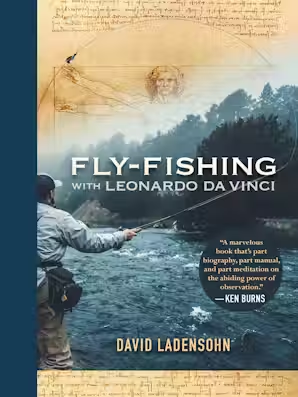
As I look at my bookshelves filled with fly fishing books, I sometimes wonder if there’s anything new to say about casting to trout. Then along comes a book like Fly-Fishing with Leonardo da Vinci.
There’s no evidence that da Vinci ever fished. But David Ladensohn finds that da Vinci’s creative approaches, scientific innovations and studies of water contain lessons that would benefit any fly angler. I loved how Ladensohn blends diverse interests here. The real Leonardo is a far more fascinating individual than that portrayed by any fictional “code” or conspiracy theory, and Ladensohn laments that people waste their time on chasing such illusions.
He focuses on the real Leonardo, someone who astutely observed the natural world, who developed scientific and engineering innovations, whose perfectionism often prevented him from completing projected.
This book moves seamlessly from trout streams and remote canyons to art museums and library archives. It is really a celebration of curiosity. Ladensohn has an omnivorous mind and a deep enthusiasm for learning, and this book shows that such an approach inevitably leads to better fishing…and a fuller life.
-
Dinosaurs at the Dinner Party
By Edward Dolnick
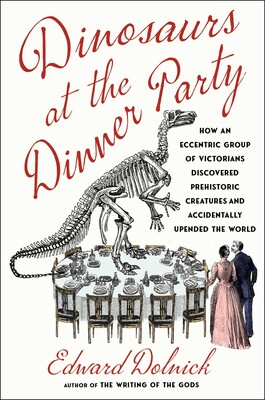
Dinosaurs have become so interwoven into pop culture now – think children’s toys and blockbuster movies – that we almost take them for granted. It can be difficult to imagine the stir created when industrial-era mining in the 18th and early 19th centuries started unearthing large numbers of gigantic bones.
Edward Dolnick’s marvelous Dinosaurs at the Dinner Party tells the story of Victorian-era scientists coming to grips with these bones. Much of Western science history is filled with eccentric experts, obsessive amateur collectors and people just trying to earn a living. This books is filled with such characters, all wrestling with what these bones meant. Many scientists tried to fit their discoveries into existing (often Biblical) paradigms.
I love how the Victorian craze for collecting led to discoveries that changed how we thought about life forever. Even though I knew how this story ends, I kept turning the pages, revealing how scientific discovery inevitably leads to wrong turns and dead ends. This is great book that shows how science, and big ideas, evolve.
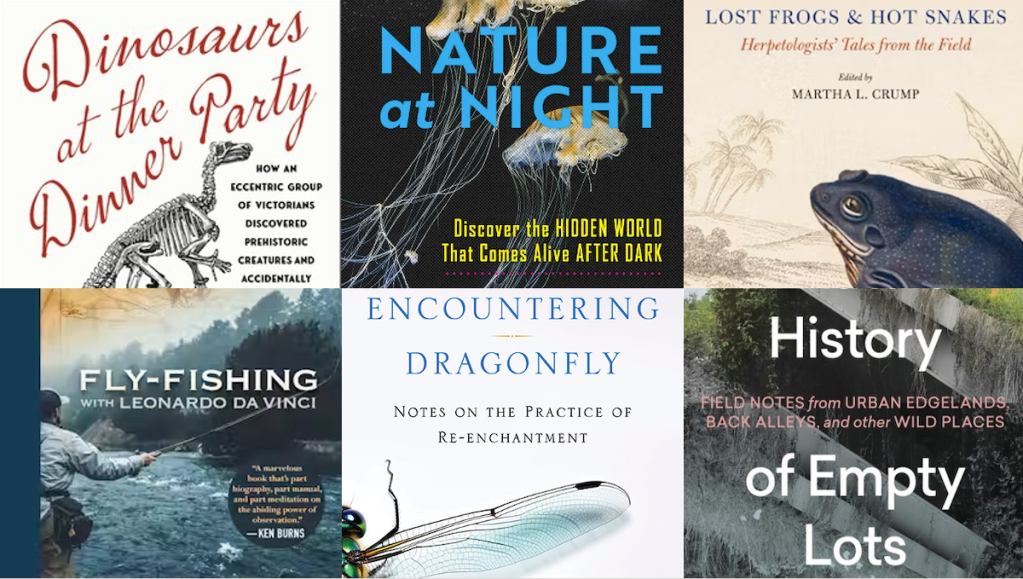



Join the Discussion